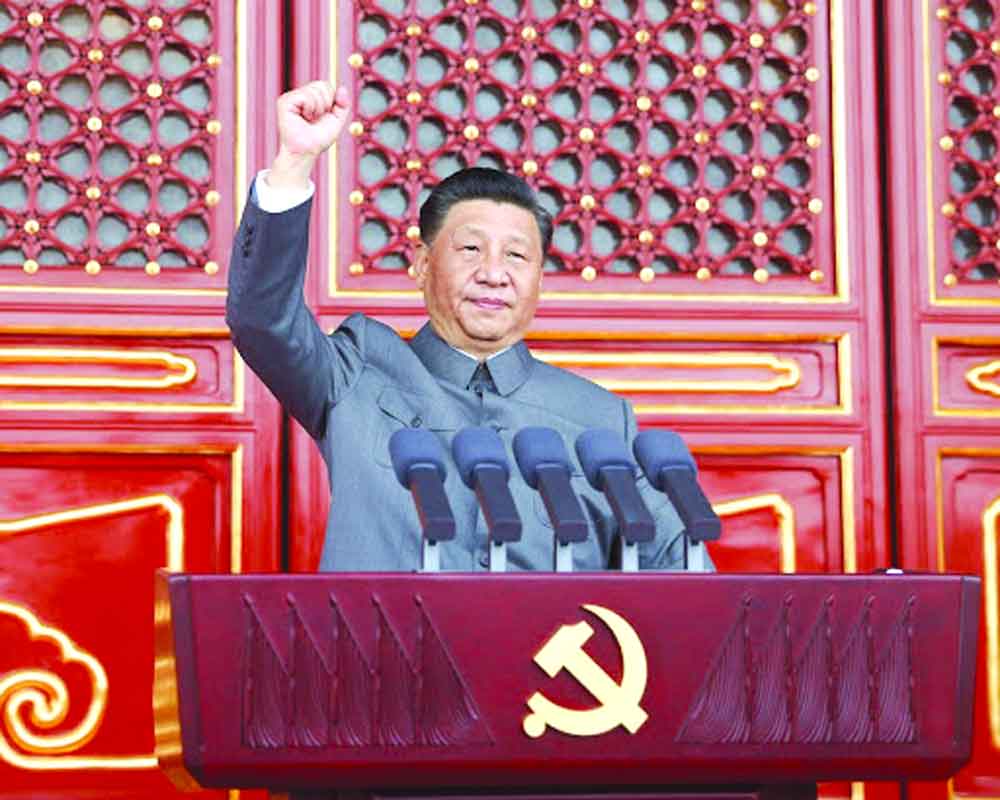There is nothing left for Xi to achieve other than moulding China into the country of his dreams
Being the “core” of no less than the Chinese Communist Party (CCP) has its advantages. President Xi Jinping gets to write a resolution at the end of the 19th Central Committee that will chart the course of China for the next 28 years. The resolutions are quite rare and the Chinese people and the world alike eagerly await the content of the latest one, only the third in the 100-year-old history of the party. The first one — the Resolution on Certain Issues in the History of the CPC — was issued in April 1945, four years before the founding of the People's Republic of China in 1949 and just before the victory in the War of Resistance against Japanese Aggression (1931-45), as well as World War II. This resolution summed up the experiences of the revolution and the lessons learnt from the failures in fighting the Kuomintang and the Japanese and “Leftist and Rightist” tendencies that needed to be rectified within the party. The second resolution — The Resolution on Certain Questions in the History of the CPC Since the Founding of the People's Republic of China — was issued in 1981, nearly three years after the beginning of the reforms and opening-up and five years after the end of the 1976 Cultural Revolution. This summed up the experiences of the “first 30 years” of the country, identifying and learning from the mistakes of governance, bringing closure to the Cultural Revolution and giving direction to the reforms. The third resolution, to be drafted under Xi’s leadership, is to be titled, "Resolution on Major Achievements and Historical Experience of the Party's Centuries of Struggle".
From Xi’s point of view, he has completed the first step of ‘national rejuvenation’ of making China a moderately prosperous society. The second task ‘socialist modernisation’ is to be realised by 2035 and thereafter, China has to become a great modern socialist country around 2049. The resolution will lead the CCP to its 20th Party Congress in late 2022 when Xi may seek a third term of power. As it is, the Chinese have amended rules so he can remain President for life, inserted his ‘Xi Thought’ into the party Constitution and made him, like Mao, the ‘core’ of the party. There is nothing left for Xi to achieve other than moulding China into the country of his dreams. Coming at such a juncture in time, the resolution may not raise one issue, that is of Xi’s successor. The Chinese leadership succession may remain vague for years to come until Xi is in the chair. To the President’s comfort, around a dozen politburo members are reaching the age of 68 next October. That is the customary retirement age for the CCP’s top leaders. Xi is 68 too but is an exception. The fourth resolution may come in 2047 or 2052, two years before or three years after the 100th anniversary of the formation of the People’s Republic of China in 1949.
























